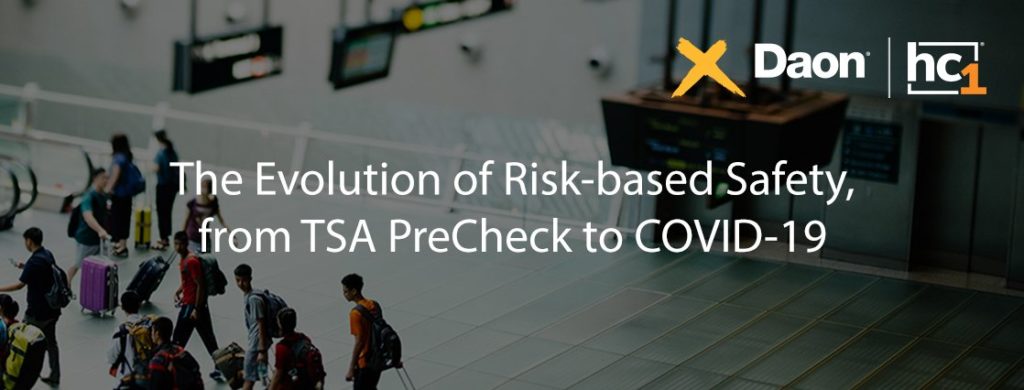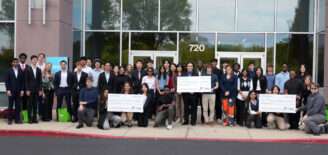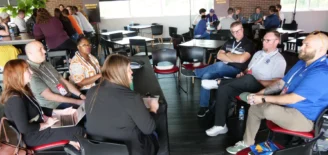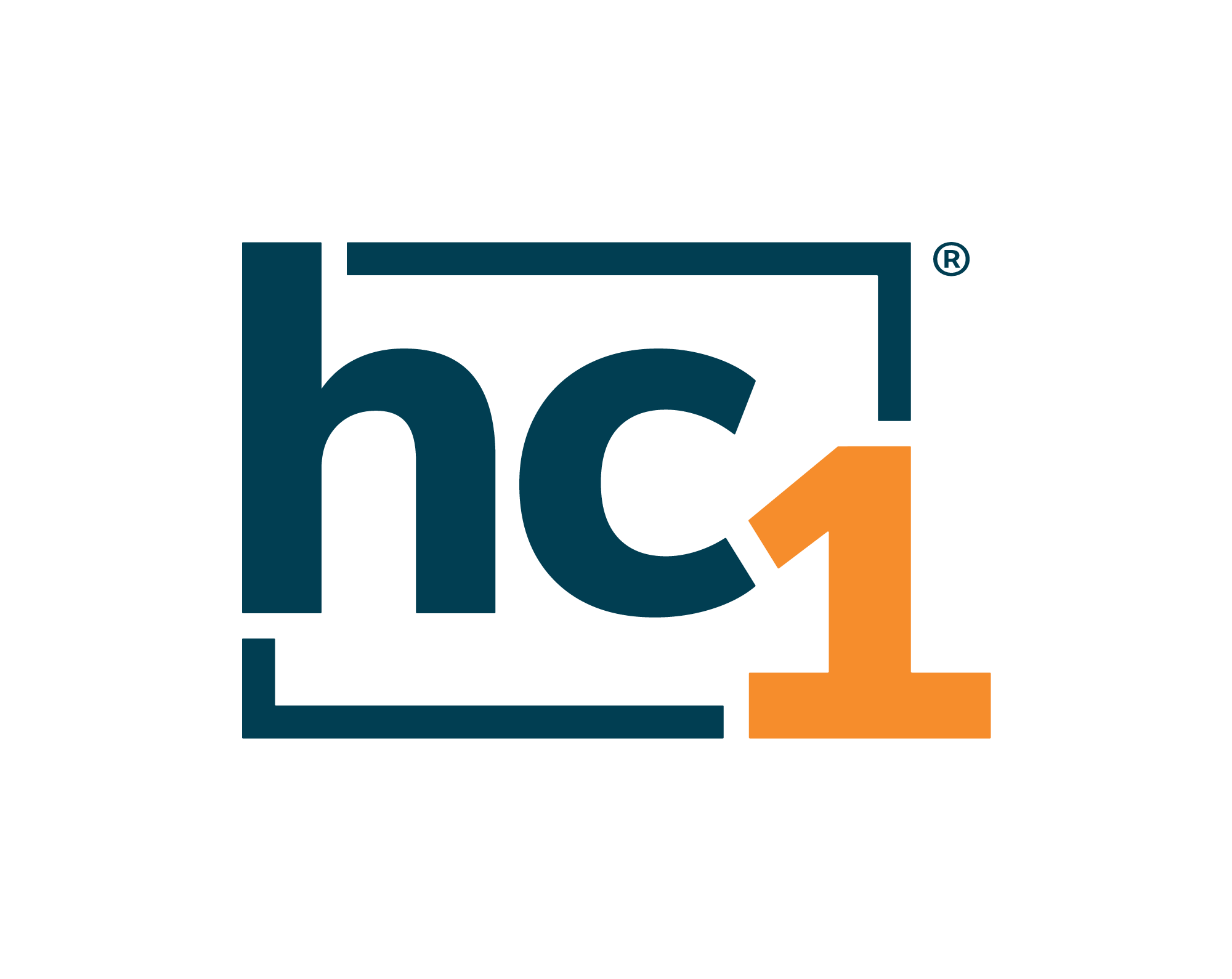The Evolution of Risk-based Safety
We are nearly one year into the COVID-19 pandemic. With more than 90 million confirmed cases and nearly two million deaths, the gravity of this pandemic cannot be overstated. Beyond the devastating impact on human life and economic wellbeing, societies across the globe have struggled to find ways to live with COVID and manage the risk it presents.
This has created significant challenges for businesses and governments to identify policies and processes that protect individuals and communities, but also maintain some semblance of normal business operations. Beyond identifying the policies that can strike this balance, there has been a significant challenge finding the right technologies and processes which can be realistically implemented.
As we enter the second year of COVID-19—with approved vaccines, vastly improved diagnostics capabilities and capacity, and digital health passes—the question becomes can we bring together the necessary policies and technologies to drive a similar transformation in risk management?
hc1 was honored to host in partnership with Daon a virtual roundtable on Jan. 19, 2021 which featured a distinguished panel of experts including first Secretary of the Department of Homeland Security and former Pennsylvania Gov. Tom Ridge, Quest Diagnostics Chief Health Officer Dr. Steven Goldberg, Florida International University Provost & COO Dr. Kenneth G. Furton, Daon CEO Tom Grissen and hc1 CEO Brad Bostic.

The conversation began with a stark observation by former Gov. Ridge in which he said, “We’ve seen in the past year that mother nature is as lethal as any enemy we have confronted on a battlefield.”
In any battle, planning is indispensable and the subject of the roundtable turned to how the principles of risk-based safety can help businesses and organizations reopen faster, welcome back their employees and customers, and create a safer, more prosperous new normal. A huge piece of that puzzle is the use of technology and aggregation of population health data. “We were in the business of delivering scalable, precision health where you can zero in on the hidden risk signals to help engage and intervene with patients to get them on a healthier path well before the pandemic hit, so we were already looking at how you can identify these risk signals,” said Bostic.
He went on to say, “I think we have more opportunity frankly for the private sector to help support a safe plan moving forward. We are now at this moment in time where we need to reshape how we handle health security and how we realize we are vulnerable in a way that we never before fathomed.”
One opportunity—and challenge- is that COVID-19 has impacted the world. As a result—the pandemic has forced us to further explore the truly innovative ways collaboration can help us merge public health, technology, security and safety.
“Public-private partnership, when appropriately directed and the collaboration between the two is given the right kind of leadership and direction, it’s a powerful alignment,” said Ridge. “We know a lot of the advances made in technology in response to COVID-19 and across the board have been a collaboration more often than not between the private sector and academia with support of government as well.”
The public-private sector partnerships are going to be key in making data operational. With COVID-19, suddenly there’s a need for accurate data as fast as possible for critical transactions—like crossing borders, and likely in the near future, attending capacity events. Without that data—like test results or vaccine credentials—it’s impossible to make risk assessments. This requires a change of how we think about gathering and using medical data.
“We have done a great job as a country on trying to bring forth therapeutics, lab results, vaccines, other preventative measures and now we have digital tools [that] are going to be increasingly important to put in the hands of travelers and people in all walks of life whether it’s a campus or workplace safety,” said Grissen.
Although a majority of the conversation focused on COVID-19 and immediate steps forward, panelists used the latter part of the roundtable to discuss lessons for the next challenge. “I’ve observed connections that are being built that will endure. The technology that we implemented to give us an early warning on COVID-19, that was an emerging crisis use case. The same technology that has been implemented can give us a view of emerging problems with cardiovascular disease, with diabetes, with social determinants of health with chronic kidney disease and it really creates an opportunity for focused attention in areas at a public micro use area, so really small, smaller than a county, that can help public health organizations, clinicians and others really do proactive work for vulnerable individuals,” said Goldberg.
“I think what this pandemic has done, it’s really accelerated trends that were already occurring. We put in place in our different organizations these tools that will allow us to respond more intelligently in the future to these kinds of threats,” said Furton.
We hope this roundtable provides a positive look into the future of pandemic response. To view the on-demand roundtable, please visit here.





